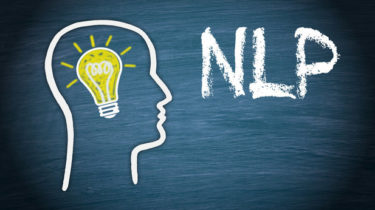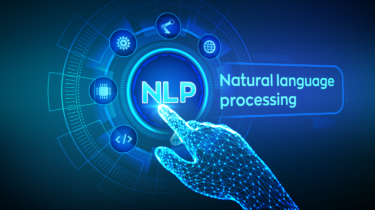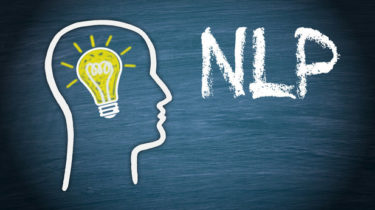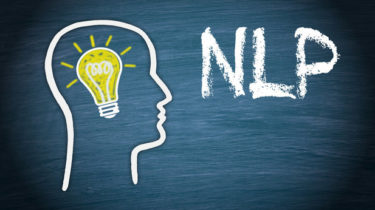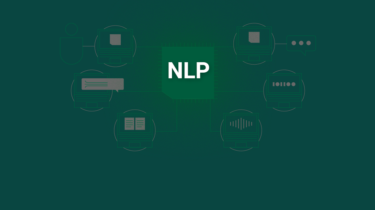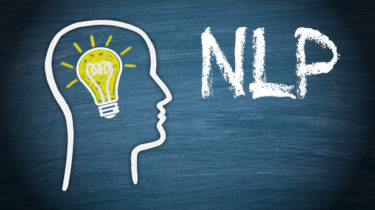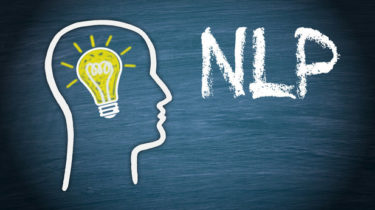Part 3: Step by Step Guide to NLP – Text Cleaning and Preprocessing
This article was published as a part of the Data Science Blogathon Introduction This article is part of an ongoing blog series on Natural Language Processing (NLP). In part-1and part-2 of this blog series, we complete the theoretical concepts related to NLP. Now, in continuation of that part, in this article, we will cover some of the new concepts. In this article, we will understand the terminologies required and then we start our journey towards text cleaning and preprocessing, which is […]
Read more